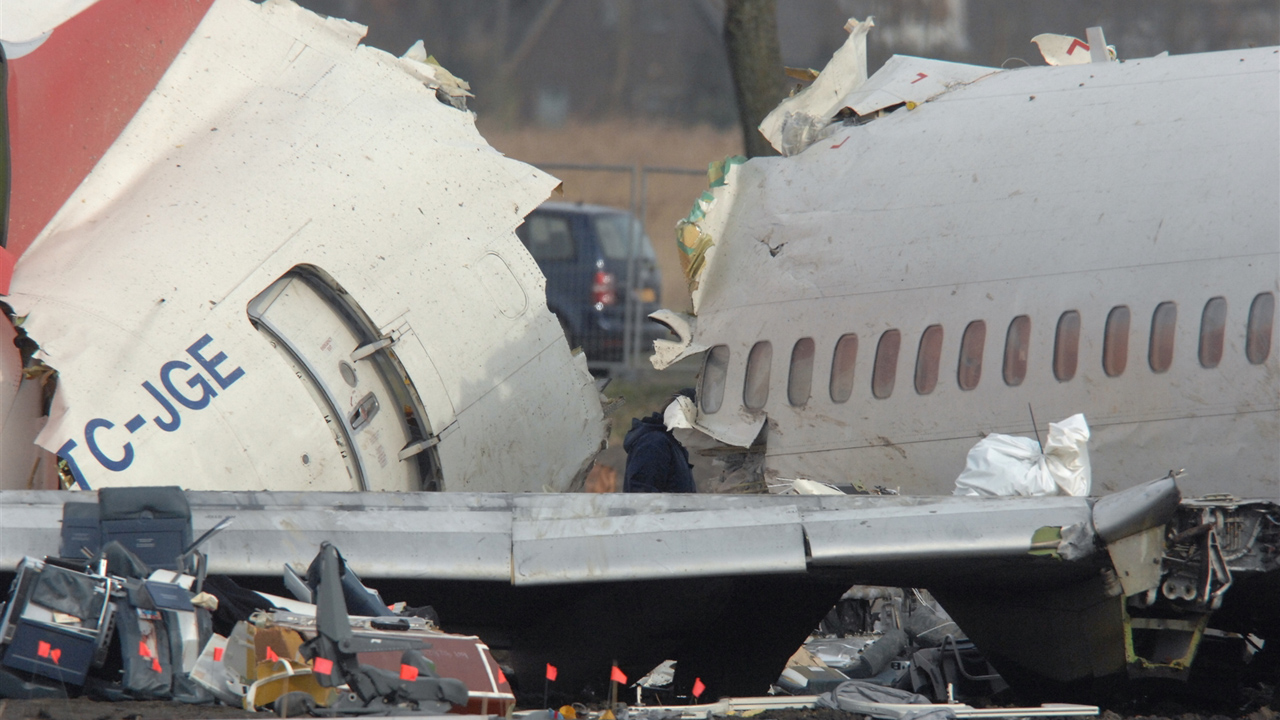According to a study by the National Transportation Safety Board, pilots killed in airplane crashes in 2012 did more drugs than pilots killed in airplane crashes in 1990, the New York Times reports. It’s a little complicated.
Factoring in all drug use — “prescription, over-the-counter and illicit” — the board thinks the biggest problem is sedating antihistamines (tested for in 9.9% of pilots who died in crashes between 2008 and 2012), and the Federal Aviation Administration’s lack in warning pilots how this medication will effect their piloting abilities, causing disorientation and slowed decision making. Also, pilots are getting old. We’re all getting old. But the average age of pilots who died in crashes in 2012 is 15 years older than the general pilot population, whose average age increased from 46.2 to 57.3 since 1990. They are generally prescribed more meds that treat “potentially impairing conditions” like heart-related illnesses, as well as cause them in combination:
Toxicology reports on pilots killed in crashes showed a positive result for one drug 39 percent of the time in 2012, up from 9.6 percent in 1990. The percentage with more than one drug rose to 20.5 percent from 2 percent, and more than two drugs rose to 8.3 percent in 2012 from zero in 1990.
Vicodin and Valium use is also on the rise.
Younger pilots’ intake of weed had a small bump, increasing from 1.6% to 3%. (Photo: @rnw)



